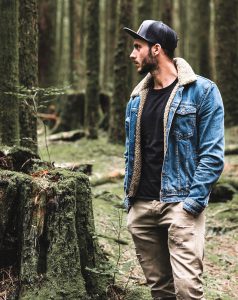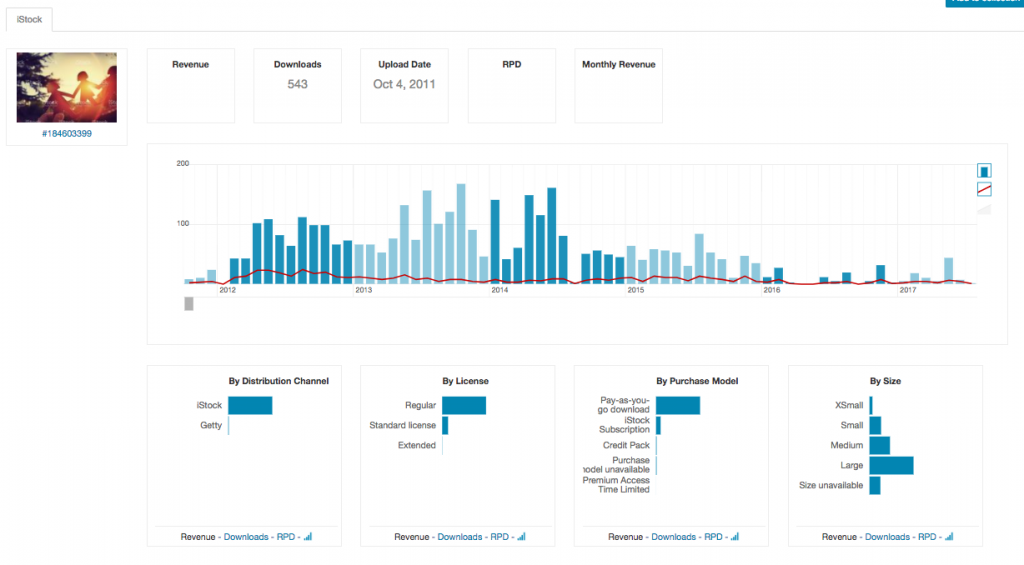 Today we are happy to welcome Francesco Salvaggio. A long time iStock contributor, passionate traveller and successful instagramer!
Today we are happy to welcome Francesco Salvaggio. A long time iStock contributor, passionate traveller and successful instagramer!
You are a globetrotter, but tell us, where do you live usually and where are you originally from?
Hello Luis, thanks for having me. I’m 100% italian, live there and was born there. My hometown is a little village close to Florence.
How long have you been a stock media contributor? What got you started?
I started with stock photography when reading a magazine in 2007 in which they compared all the stock agencies. Back then I signed up with Shutterstock and Fotolia only, then in 2008 I joined iStockphoto and Dreamstime.
I found iStockphoto to be the most reliable and easy to make money with, so in the summer of 2010 I decided to go exclusive on iStockphoto and have remained so ever since. I think it has been the right choice.
How many countries have you visited?
I don’t remember exactly but i think lots of them! I can try to list them: Switzerland, Austria, Germany, Malta, San Marino, Luxembourg, Czech Republic, Slovenia, Bosnia, Serbia, Tunisia, Croatia, Greece, France, Spain, the Netherlands, Norway, Iceland, Faroe Islands, almost all the US states, Canada, UAE, Qatar, Japan, Singapore, South Korea, Australia and of course Italy where I live.
Do you choose your destinations for their value to your stock photos and videos? Or do you have other criteria when choosing where to go?
It depends. Some destinations I visit just for leisure. I’m passionate about travel photography and I enjoy sharing my travel pictures on Instagram. Other destinations I visit just because it is cheap to produce there. I also search for opportunities to visit emerging markets from where there isn’t much content online yet.
Your portfolio mixes landscapes and urbanscapes with people photography. Do you organise photoshoots with models during your travels? If so, how easy is it when you are new to a place?
Yes I do. Most of the time I try to book models at the locations I visit. It is not always easy to find models, due of barrier languages or just because in some countries there are no popular channels where to search for models. In such cases I check with model agencies but they can be very very expensive for a stock production. Other times I simply model for myself, using a remote control to trigger the camera.
What does your typical production process look like?
I’ve been working alone ever since I started. I try to keep every step under my control and put my own effort into each image. To produce well you have to be organized in terms of knowing what you want and how many days you need from shooting to the editing of the final images. I like to curate all these steps because the customer that buys my images must recognize my style. That’s why I don’t outsource anything.
Drone footage seems to be an exciting area. Some see it as a new technology which will open new markets and create additional revenue, similar to when the first digital SLRs came out. What are your thoughts on drone footage? Do you use such technologies?
Yes I do, I started using drones for aerial photography and footage in early 2017. Even though I don’t yet have many stats to share, I think such content will be essential in the future. At the same time we have to consider that in the near term usage of drones will be ever more restricted by stricter policies .

Thank you for sharing this image! What inspired you to take this picture?
This is a simple image I took at the beginning of my stock career. I saw a similar concept on a billboard one day when I went to the doctor’s. So I thought I’d try a variation on the concept and to create an image using only my scissors and some paper.
What does this image’s revenue chart tell you?
The revenue chart tells me that it has a strong lifetime and has sold very well even though the market already contained very similar images, but none with a backlight like mine.

Did you expect such a revenue chart? Are you happy with it?
No, I didn’t expect such a chart! I expected the image would stop selling after a year. Instead it’s produced a stable stream of revenue without being affected by any seasonal trends. I am very happy with these kind of images because they involve zero cost of production. It is likely such an image wouldn’t have the same luck today.
You have a very large portfolio on iStock. What do you think about some people’s beliefs that the stock photography market is over-saturated with content. Do you believe that? What do you do about it?
Yes I think that is in part true, but every year a new trend appears in terms of color corrections, style, composition, etc… This gives us the opportunity to renew ourselves each year, month by month. The most important thing is to remain alert and keep an eye on everything around us.
Do you believe in “quantity” or “quality”? What is most important for you and why?
Until 2 years ago I believed more in quantity than in quality, but lately I have had to reconsider. I cannot compete with the increasing number of files contributors are supplying now-a-days, even if I worked more each day. So I do have to concentrate just on quality. Of course, the best is to have both quality and quantity.
How do you analyse the market? What is the source of your creative process?
I have dozens of international magazine subscriptions and each month I read more than 30 magazines on subjects such as travel, lifestyle, sport, business. That’s where I find my inspiration. Lately, an additional source of creativity has been Instagram.
Where do you think the stock business is going? How do you see the next years?
In my opinion the stock media business will continue to grow, but the people that will make money from it will decrease. There are too many stock agencies competing with each other provoking prices drops to ridiculous levels.
This is not good for photographers nor videographers who want to invest money into producing a high quality product.
I also believe the next years we will see an increase in the demand for video content over that for photo content.
What is your advice to all travellers who want to get into selling their imagery?
Stock photography is just one way to sell your content. You can also travel working with brands or selling your prints online. There are many possibilities for that. You just have to focus on quality, create your own style and stick to it.
Tell us, when you are not doing photography, how do you relax and enjoy your free time?
I’m not an addicted photographer, I may even travel just with my iPhone. I’m enjoy relaxing when doing sport or booking my next trip 🙂
Thank you very much for your time, it was a pleasure talking to you!
You are welcome. My pleasure!!! Thanks again for having me.
I really appreciate Francesco’s candor and the interview questions.
Hi Stock Performer 🙂 Great interview. Can i translate it to russian and post to my blog?